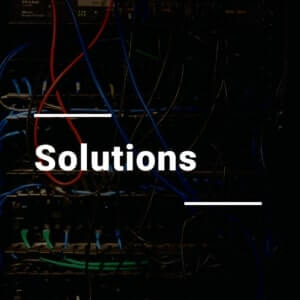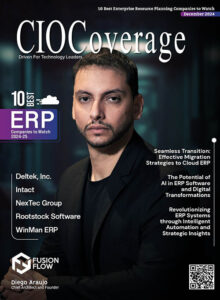 Over the last few months I have been horizon scanning, looking at recent articles, papers etc and trying to unpick where gaps exist where our company can add value, and when thinking back to my past career activities, it hit me square on the chin…….. Are we forgetting the most important element of a digital twin….. The user!
Over the last few months I have been horizon scanning, looking at recent articles, papers etc and trying to unpick where gaps exist where our company can add value, and when thinking back to my past career activities, it hit me square on the chin…….. Are we forgetting the most important element of a digital twin….. The user!
Now I am as guilty as the next digital twin enthusiast, however when talking about digital Twin the discussion is often about data, integration architectures, governance and all the mechanics required to develop a digital twin, very rarely (if ever) have I seen presentations or discussions about how we as mere humans will interact with digital Twin and more importantly, for what purpose!
The last digital construction report showed that only 14% of workers in industry have worked on a project incorporating digital Twin, indeed wide spread adoption seems some way off. We have to ask why given all the hype?
If we look at recent advances in Artificial Intelligence, global adoption has been staggering, in fact verging on frightening given the power of the technology. From Microsoft investing seriously into openAI to where we are today, has only been a few years, yet AI has taken the world by storm.
Given the value digital Twin can create why have we not seen a similar explosion?
My take on this is that the AI community focused on making the tools highly accessible without any skills required to drive value from the technology. Embedding AI into browsers has become a defining moment, all of a sudden anyone can access the technology, for free (though being mindful that if you are not paying for the product, likelihood is you are the product). This demonstrates the power of really thinking about the user and how people will drive value from a technology.
In contrast digital Twin are still stuck in the land of complexity, where pitches to boards and those holding the purse strings are often based on rather ethereal data projects, promising efficiency and productivity improvements at some distant point in the future…….. My experiences dealing with CEO’s and other senior staff is when faced with something they don’t understand, they will look to trusted advisors, who themselves will often gauge interest from the wider business. If digital Twin are not understood across all levels of a business, enterprise scale is unlikely as feedback up the chain will not be encouraging.
So how do we change the dynamics and encourage broader adoption? My view is we put people first.
To give a real world example based on my own experience (always risky, not intended to be an ego trip), going back to 2002 I worked as part of a team delivering a pretty ground breaking supervisory control and data acquisition (SCADA) system to a water company who wanted to push boundaries. It utilised distributed web technology and importantly both field buses and open connectivity via OPC.
This made vast amounts of data available across the system, where typically you might only get a flow reading and a healthy signal from a flow meter, using the field bus and OPC we could present all sorts of data from the flow meter…..its power consumption, the last time it was calibrated, maintained……. The list goes on….
Fantastic we thought, developing detailed software matched to detailed graphical interfaces underpinned by detailed data models, with the data interoperable across all devices, regardless of manufacturer (gotta love OPC!)…. The clients SCADA and engineering teams were impressed, even if I do say so myself it was a technical marvel (a big shout out to my old colleagues at Adsyst Automation, we made it onto the ITV news as the most advanced plant in Europe at the time!).
As the plant was nearing completion of commissioning, it was time to train the operators and maintainers, I was very excited to show off our fancy new system…………… about an hour into training I could sense the tension in the room “what’s wrong folks” I asked……. A couple of brave folk stepped forward to say that they were a little overwhelmed and concerned by how complicated the SCADA system was……. We had forgotten the most important thing….. What the user actually wants and needs!!!
In the end we put in place security that disabled large parts of the system and presented only what the operators needed when logged in, making the system less daunting. Only engineers could access all the data and analytical trends and tools. After about 12 months we realised even that wasn’t being fully utilised, the engineers preferred to go direct to the devices to download data, and worse it was so complicated the wider system integrator community struggled to understand it (at least initially, common place today).
This taught me the most valuable lesson of my career, always put people first.
From that point on I would always develop a system starting with the user interface, making sure we captured from day one what people need from the system. This turns out to be a very efficient way to design a system as it reduces technical waste and over-engineering, a win-win.
Today of course we need to also consider AI, thinking about how an AI agent might interact with the digital twin as a virtual user, a whole area of interest I will not cover in this article……..
Over the coming months KJR Digital will develop a simple framework for putting people first as part of digital twin development, which we will provide freely to the community and hope that others take our initial concepts and develop them further.
Let’s get back to what is important, putting people first!














